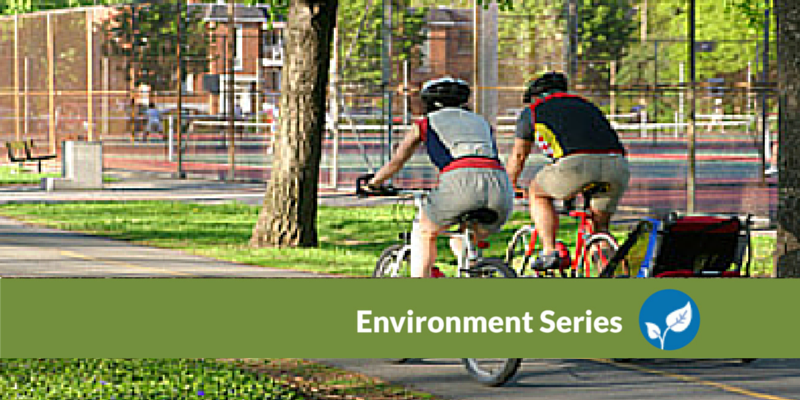This post was provided by Pegi Dover, Executive Director of the Canadian Environmental Grantmakers’ Network, as part of our featured series on the environment.

Just over a month ago, the world’s attention focused on Nepal as the country and its citizens grappled with the devastating effects of a 7.9 earthquake which struck on April 25.
I read of the thousands of lives lost, but also heard of the incredible rescue of a 15-year old boy lifted from the rubble five days following the quake. In an effort to reach out and help, I went online to make a contribution to the Humanitarian Coalition. It was a small gesture and the donation a modest one, but I told my daughter as she finished her homework over breakfast that our little bit, added to the donations of others, would make a difference.
My work at the Canadian Environmental Grantmakers’ Network (CEGN) would appear to be far removed from Nepal and the international relief efforts still underway there.
Strengthening philanthropy’s impact
At CEGN, our mission is to help strengthen the impact of philanthropy in support of an environmentally sound and sustainable future for Canadians. Our members, both private and community foundations, as well as corporate and government environmental funding programs, do amazing work in support of organizations which tackle Canada’s biggest and smallest environmental challenges. These organizations work to enhance the sustainability of our cities; protect our lands and waters; tackle the reduction of carbon emissions; and connect kids with the natural world. More impressively, however, each organization uses their very own ways to address these issues including: ground and water habitat restoration; policy development; market transformation; research; communications; campaigns; and education. CEGN’s role is to help spur funder collaboration, as well as to build knowledge and offer opportunities for skill building. It is wonderful being a small part of this environmental work and a privilege to get to know both the funders and the ngos that support it.
Bridging Silos
Increasingly, however, the delineation between environmental, social, health and economic issues in Canada, as well as around the world, are becoming quite blurred. The problems are often so knitted together that only a concerted, cross-sectoral approach offers hope for their resolution. Environmentalists and environmental funders are realizing this and making new and interesting alliances to forge solutions that have benefits beyond a healthy environment. As nonprofits and charities begin to bridge the silos which have separated our sectors, we are also beginning to address the silos which differentiate the funder and grantee communities. Collective impact strategies and other initiatives which place a priority on first defining a desired outcome and then figuring out the blueprint to achieve it are providing more impactful ways of working together.
The silos between domestic and international environmental concerns are also ripe for bridging, especially with respect to climate change. International development organizations, including Oxfam and others, are connecting the dots between climate change and poverty and adding their voice to the need for global action to reduce carbon emissions.
It is truly a small world, and is only getting smaller. Our efficacy is limited, especially in the face of tragedies such as Nepal’s devastating earthquake. Maybe that is why it is all the more important for us to look for the threads that connect our work and the opportunities for building our shared concern about the future of our small blue and green planet, and the rich diversity of life, human and otherwise, that it harbours.
Updated on November 1, 2024
Donate Now




